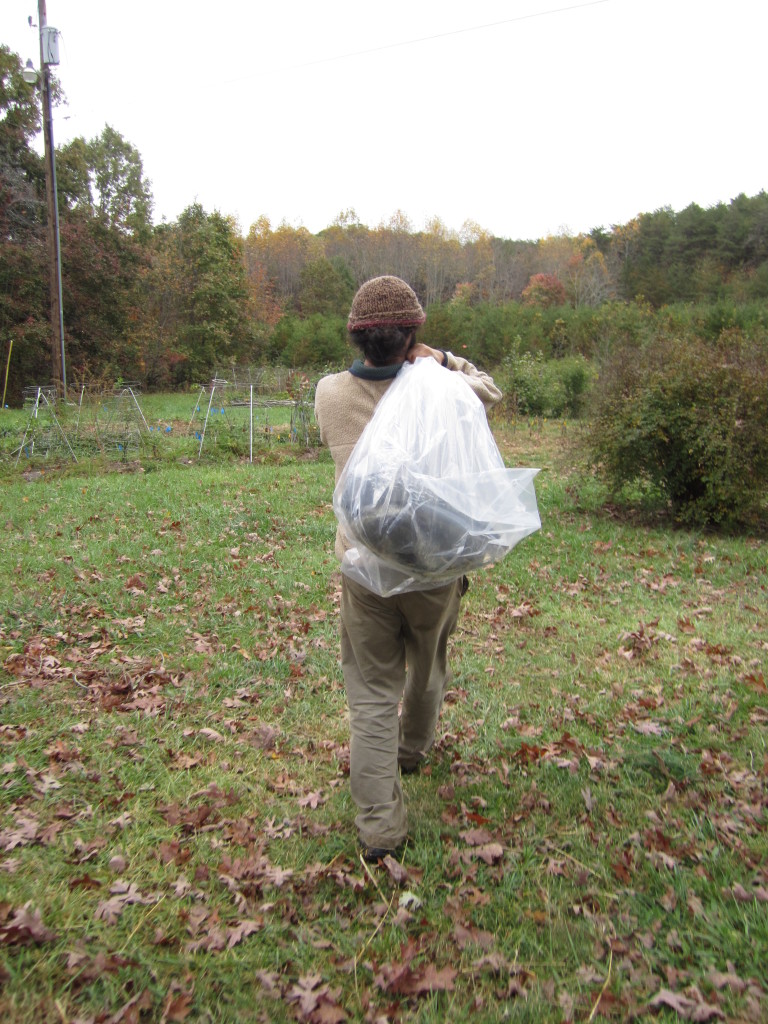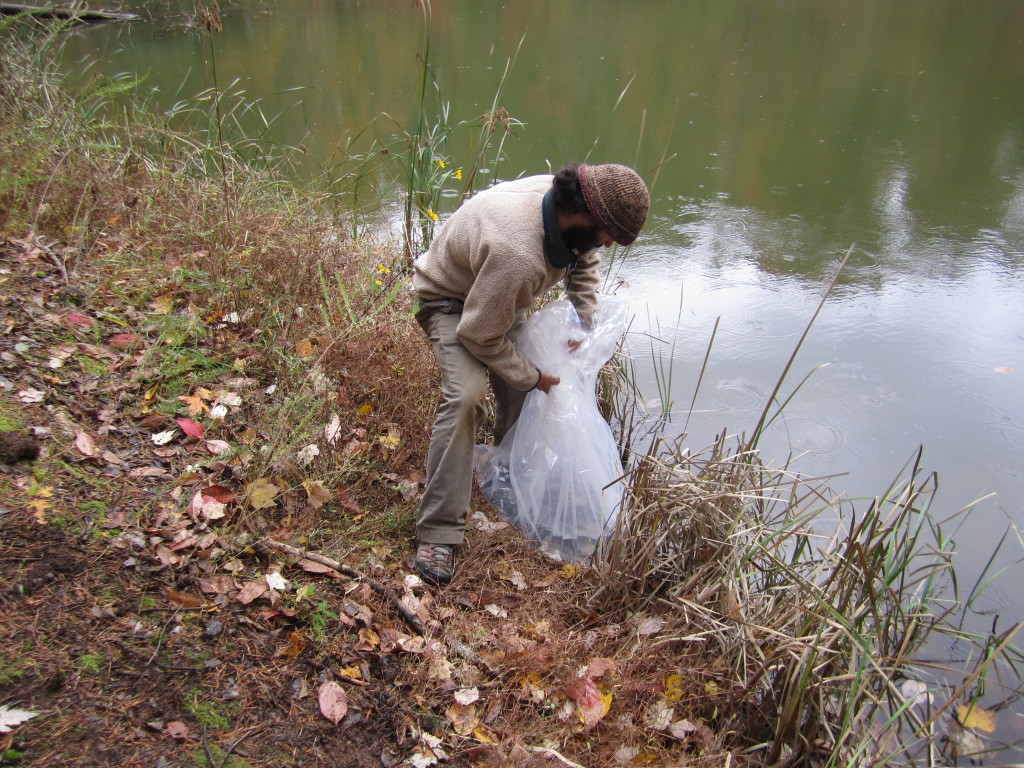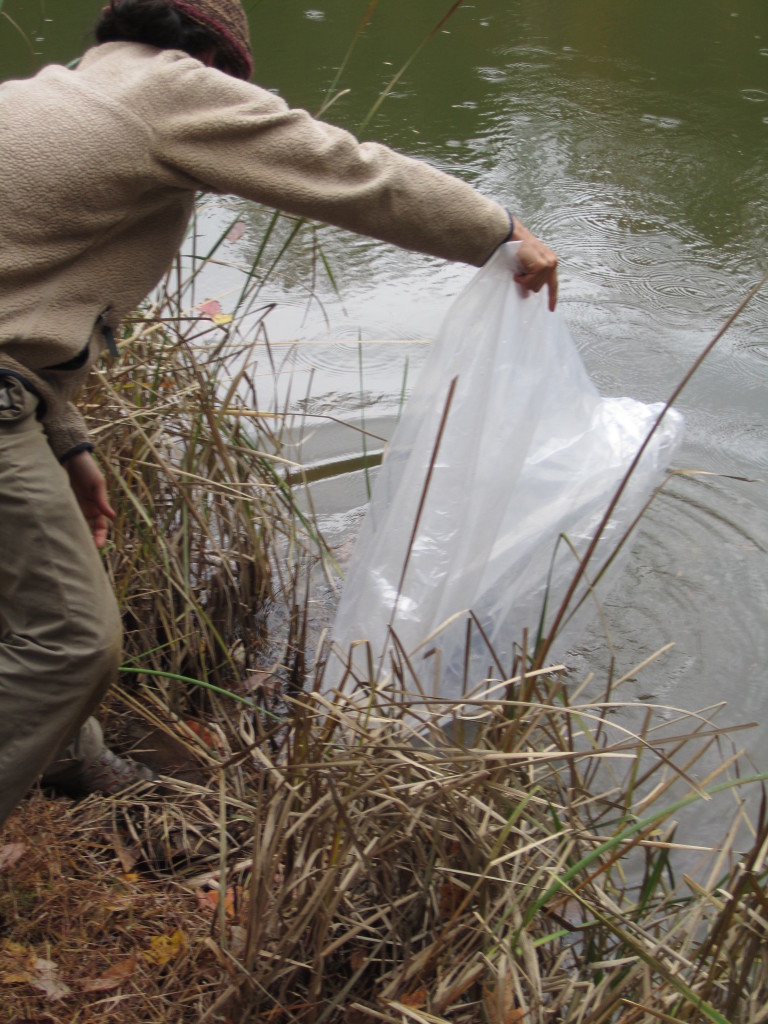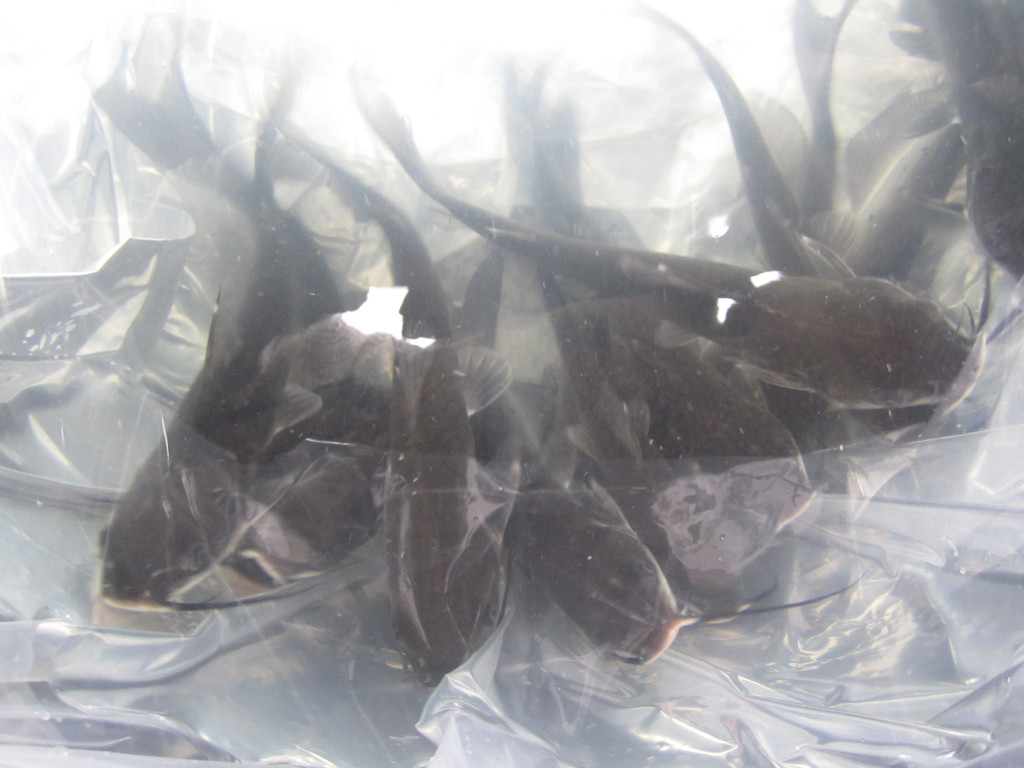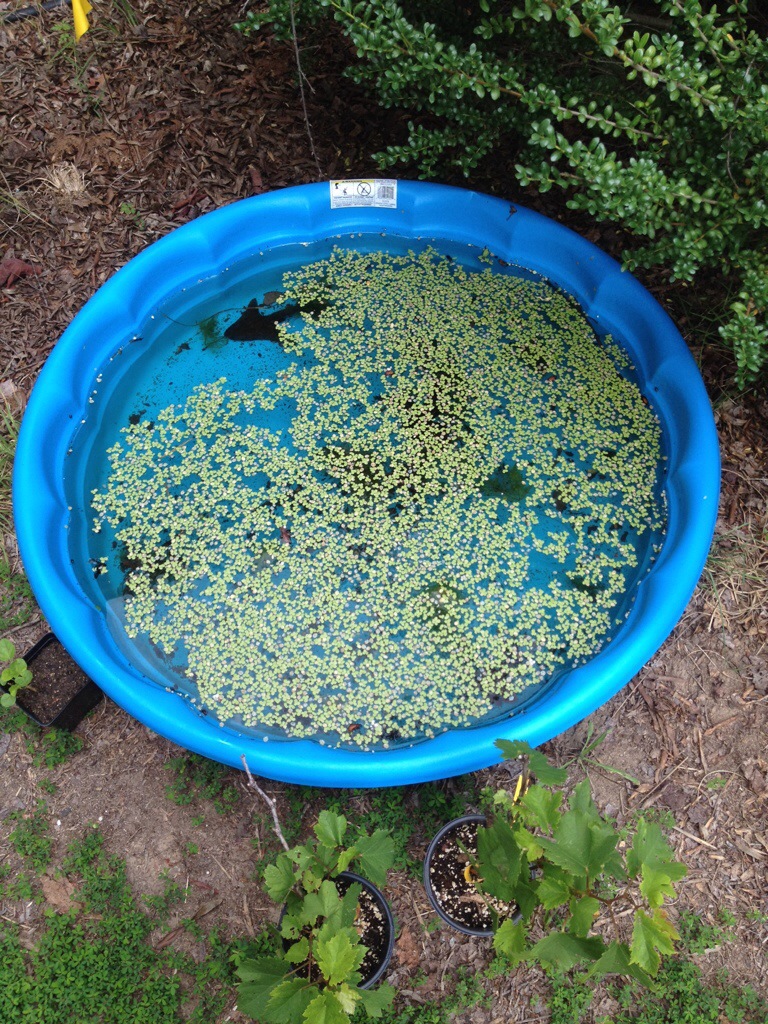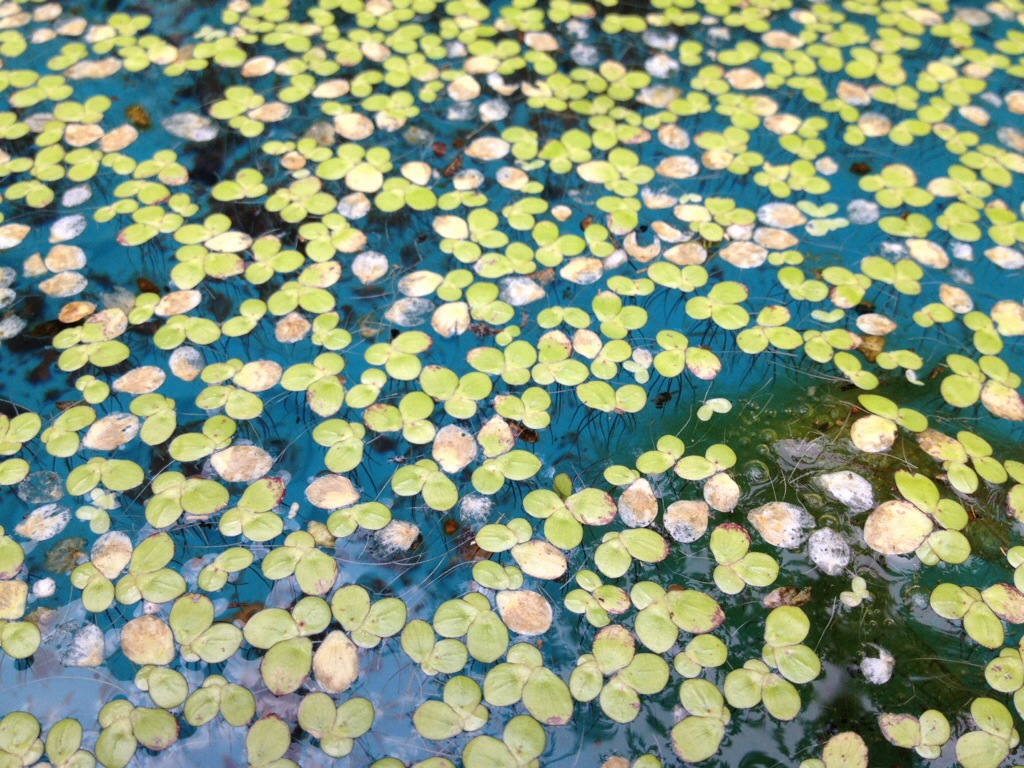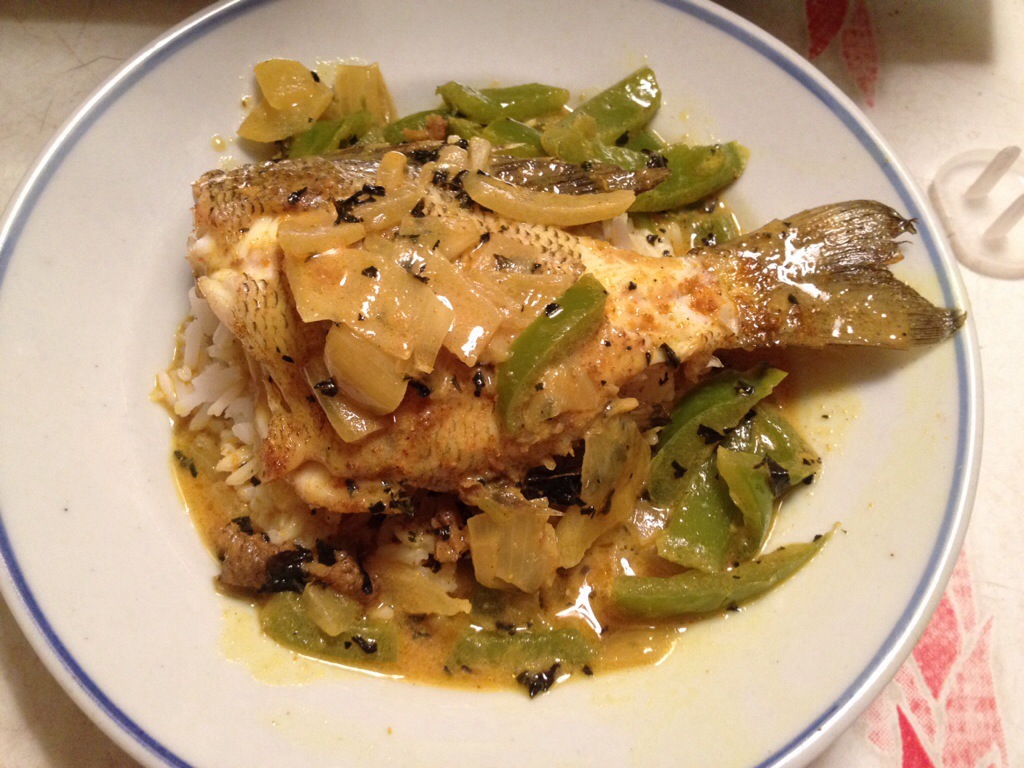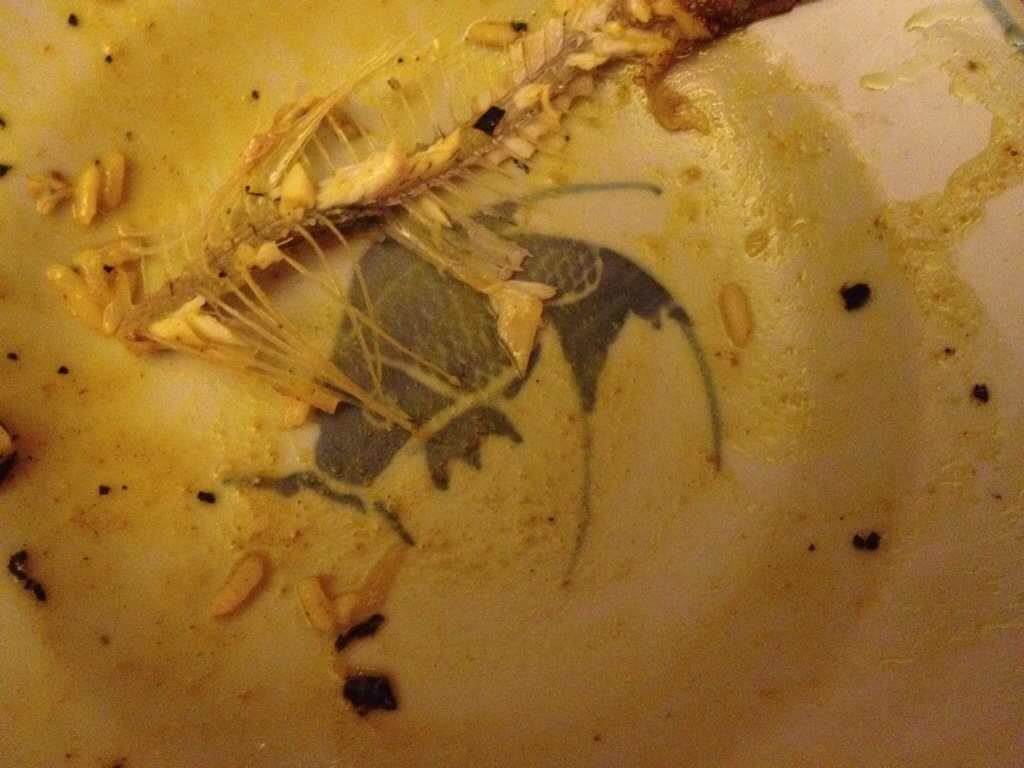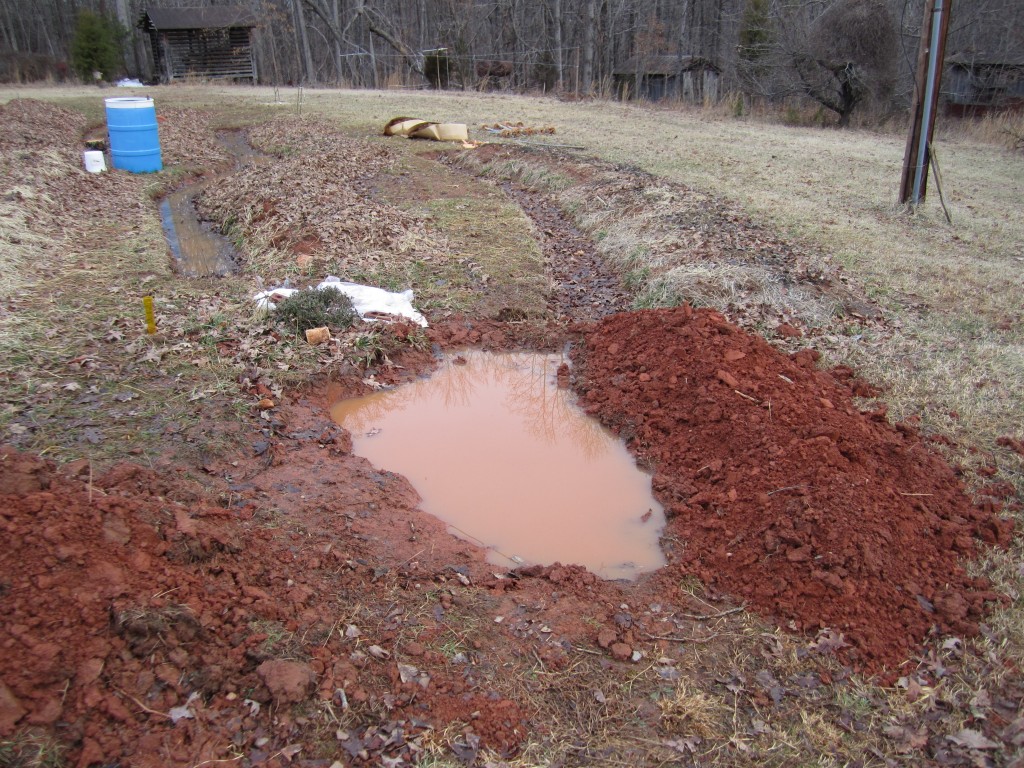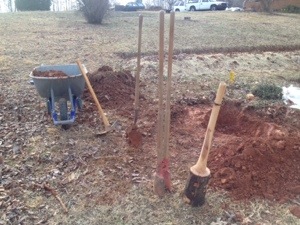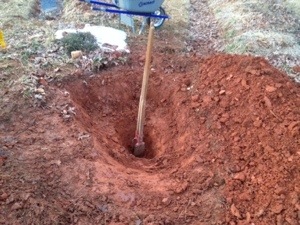Everyone knows that poultry labeled as free range is better than poultry that isn’t, right?
Sadly, you might have to think again!
According to the USDA website, which controls and manages food safety and food labeling, all that is required of producers who raise meat labeled as “free range” or “free roaming” is that they must “demonstrate to the Agency that the poultry has been allowed access to the outside.”
So what does this really mean? It means that producers can raise their birds with less than 1 square foot of space each, they can raise them on a concrete floor, under fluorescent lighting, living on layers of their own poop, as long as they have “access to the outside.” Access to the outside can mean a small door that leads to a parking lot, a fenced in concrete slab, or a lovely pasture. You can see the problem here…
Free range or organic doesn’t actually say anything about how humanely the birds are raised, or whether or not they actually ever go outside and enjoy the sunshine, grass, and bugs.
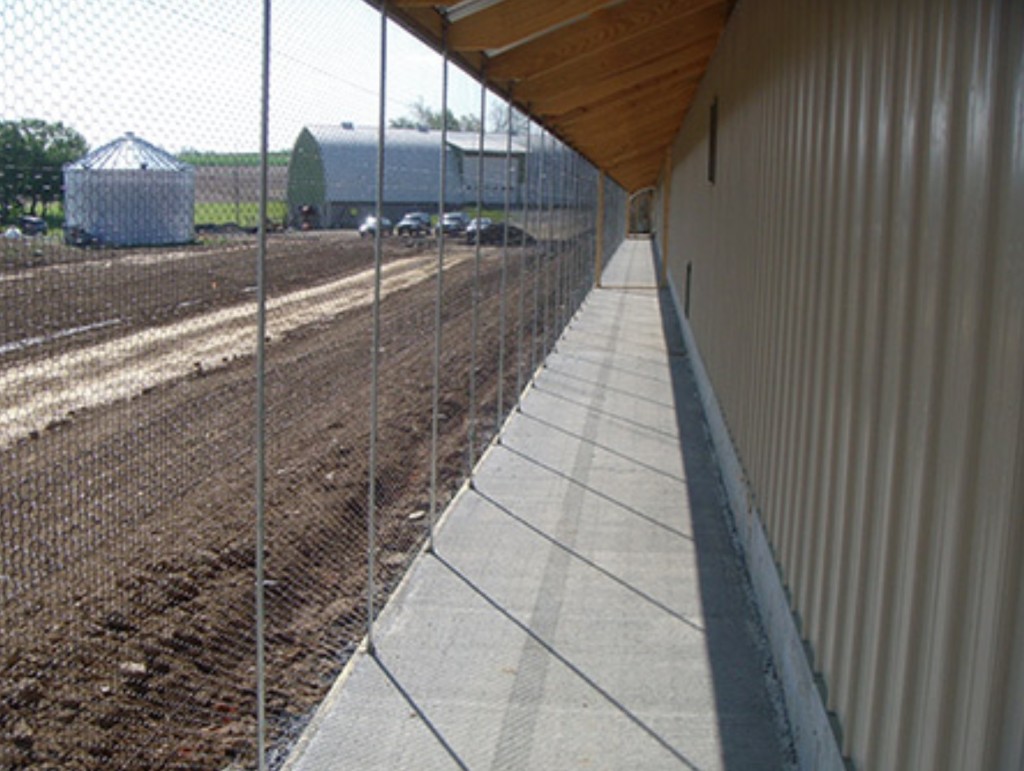
This is a “porch” in a commercial poultry operation that counts as “access to the outside.” Image from cornucopia.com.
Your best bet as a consumer is to buy locally, and get to know your farmer so you can really be sure of how your meat and eggs are raised!
So what does the life of a truly free range duck look like here at KW Homestead? Check out the video below to see how they live…
.:.
